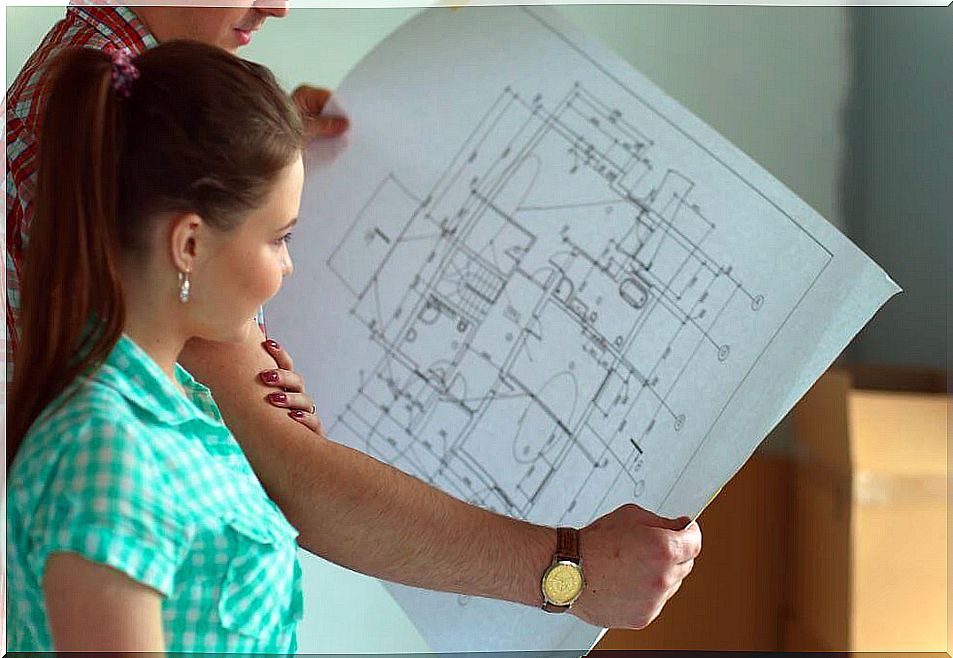How To Choose Good Plans To Build Your House?
When you are about to build your house, the first thing you consider is what the plans will be like. Surely you wonder how many bedrooms and bathrooms it will have, the size of the living room, the dining room, the kitchen, the patio, and so on.
There are several stages that experts consider necessary to complete a construction project successfully. First, you must have a general idea of what the house will be like, followed by the choice of land and the inevitable process of readjustment of details, once construction has started.
It is necessary for the architect to propose various strategies (coherent, safe and harmonious) at our disposal, in the event of any failure or change in the scheme.
Evaluating the plans is a crucial decision, as it represents what the house in which we will probably live for a long time will look like. So it is necessary to give it the importance it deserves.
Types of planes

Briefly, let’s take a look at the different types of plans for a house, since you may have only thought about floor plans. In addition to those that we are going to mention, there are other types of plans when building a home, such as sanitation, drinking water, the electrical system, among others.
1. Ground floor plan or basement
In order to make the most of the available land space, you may want to build a basement. These types of plans include where the stairs will go, the garage, the boiler room, the laundry room and the bathroom.
2. Main level plan
As we do in all other plans, we include drawings of the furniture that will fill the rooms to have a better idea of the dimensions of the same. Here we have the entrance door, the living room, dining room, kitchen, bathrooms, corridors, stairs, storage, among others.
3. Mezzanine plan
In this plane you can see the projection of the windows and the exhaust vents of the whole house.
4. Roof or deck plan
As its name implies, in this plane, the roof or roof can be seen together with the angle of inclination, the openings and the maximum height of the house.
5. Facade plans
In these plans we can appreciate the facades. This allows us to see the heights of floors, windows, door, walls, and so on.
6. Cross-sectional plane
This plan includes a vertical cut of the house to help you see the house inside. On a plane, you can make as many cuts as you need.
Considerations for choosing a plan for your house

Now let’s see what you should take into account according to the architects when choosing a plan for your house:
- Adjust your plan to your budget and not the other way around.
- You must consider the size of the land, of course.
- Make sure you clearly explain to the architect what you want in your home.
- A house is not built with a single plan, you need several, as we saw previously.
- If you use the internet to search for plans, chances are that most do not have information about the requirements of the place where they are going to be built.
- When in doubt, always ask the expert. Don’t underestimate professional help.
Design and draft
This is the step in the construction process where you choose the technical drawings. If it comes to plans, you have three options to obtain them:
- Work hand in hand with a local architect.
- Buy the plans of your house online.
- Open a call for competition.
We are considering that you will take the option to search and buy your plans. We leave you some aspects that you should consider when choosing the plans for your house:
- Of course, the budget is a key aspect when choosing the plans for your house. Architects use an equation as simple as it is fundamental: more square meters = more money in the construction of your house.
- Know the regulations governing the property you plan to build on.
- Before making your choice, it is good that you know some examples of house designs with different sizes and materials. Thus, you will make a much more educated choice and adjusted to your taste and budget.









